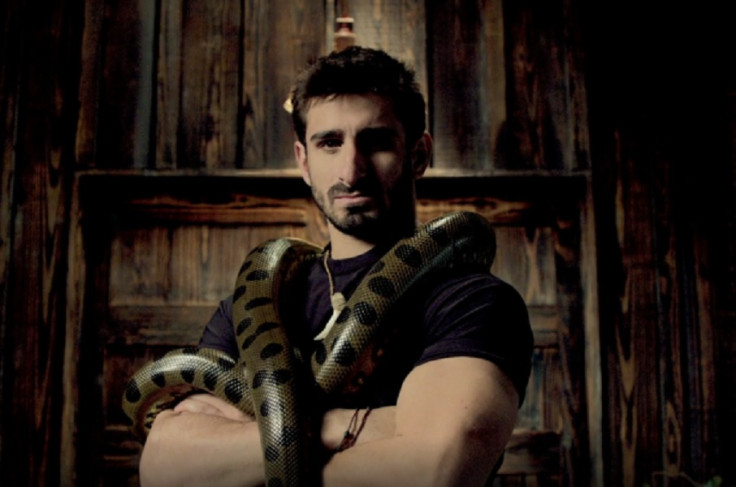Eaten Alive: What would have happened if Paul Rosolie was actually swallowed by anaconda?
US naturalist Paul Rosolie was not swallowed whole by an anaconda for the Discovery Channel documentary Eaten Alive.
Much to the disappointment of his fans, Rosolie called off the experiment while being squeezed by the snake.
Describing the moment as "terrifying", Rosolie was wearing a special carbon fibre suit that was equipped with a breathing system, cameras and a communication device.
"We didn't know if this was going to work, if I was going to be eaten, but we made sure that if I did make it inside the snake, I wouldn't suffocate," he said after.
However, when the snake started squeezing, he had to call off the experiment because he thought his arm was going to break and his breathing became strained.
But what would have happened if the snake had swallowed him whole?

First of all, anacondas use their needle-like teeth to anchor itself to its prey – with Rosolie, this was likely where it held the naturalist by his helmet.
Once it has a good grip established, it will then wrap itself in coils around its prey, constricting the prey's breathing and often crushing the vital organs.
While the force exerted will depend on the size of the anaconda, it has been documented that this type of snake can squeeze to a strength of 90psi – which is the same has having a 90lb weight on every inch of your body. Chances are, the squeezing would almost certainly kill a human.
Once dead, the snake will start to swallow their prey. They are able to eat things apparently far larger than their own bodies because of several key adaptations. Firstly, their jaw is mobile, meaning it can move and stretch far beyond other vertebrates. The two sides of the mandible are joined by an elastic ligament, making it very versatile. Contrary to popular belief, the snake does not dislocate its jaw.
So as the snake starts to swallow you down its oesophagus, the jaws continue to stretch out to ingest its prey whole. Some people have said most anacondas would not be able to swallow a human because our shoulders are too broad but this is not the case. Our shoulder joints are very mobile so can easily be pulled apart as the snake swallows.
Once inside the anaconda, saliva glands would moisten the prey to aid in digestion. Anacondas have two swallowing movements – first the oesophagus muscles squeeze together to force the prey down, secondly their spine and body bend to make the snake's ribs push in against the food until the prey has reached the stomach.
By this point, the chance of survival is zero. The snake's stomach juices would start to digest you, with the small intestine continuing this process and absorb nutrients. Anything left over would pass through to the large intestine, where waste material would be processed.
After a big meal like a human, an anaconda would move to a safe place to finish digestion – the weight makes it difficult to move around. It takes several days to weeks to finish the whole process, depending on how big the catch.
© Copyright IBTimes 2025. All rights reserved.






















